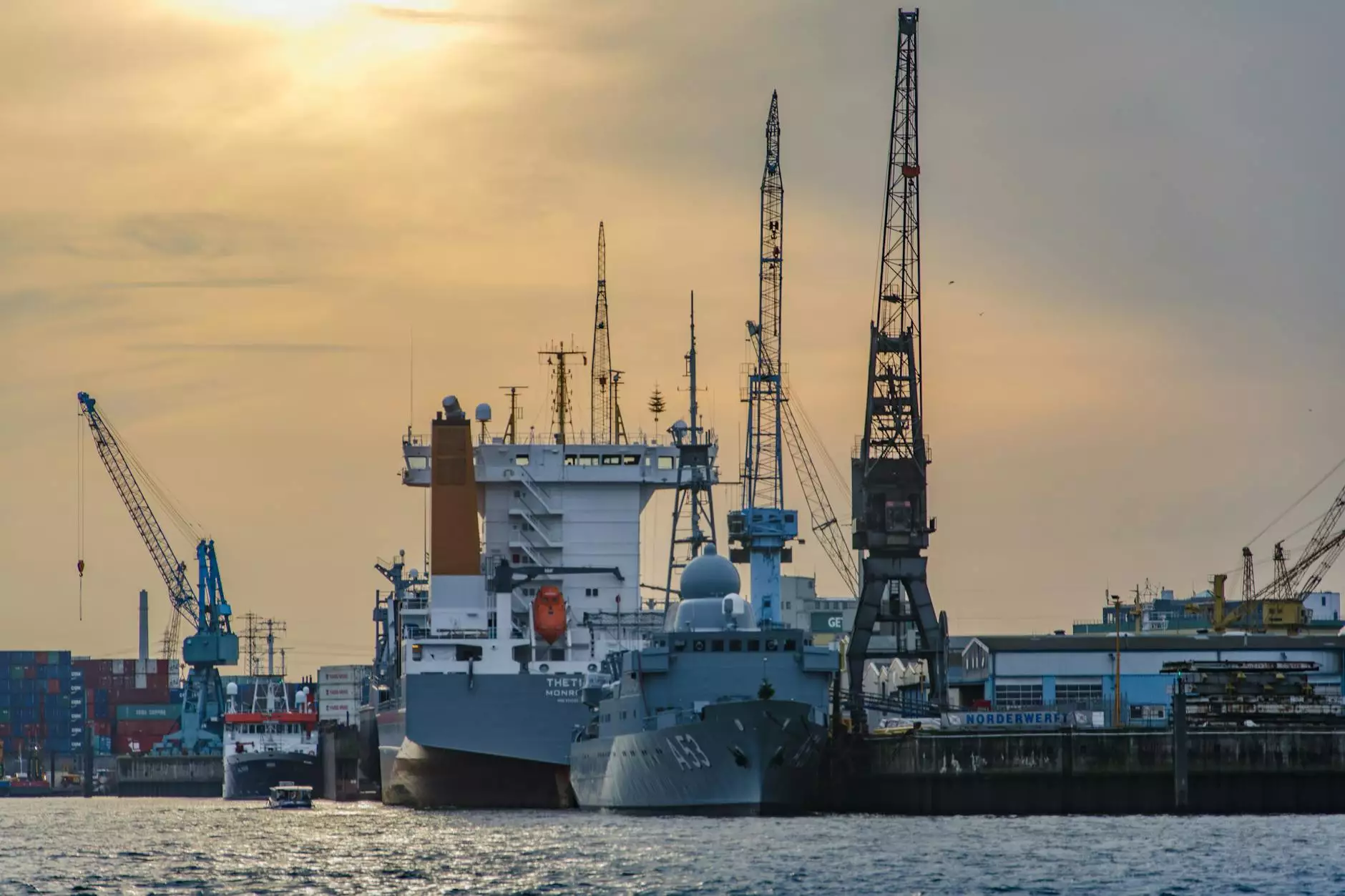What Is The Shipping Boat In A Container?

Introduction
Welcome to STS Towing, your reliable partner in the business and consumer services industry. In this article, we will explore the concept of shipping boats in containers. If you're wondering how to transport your boat efficiently, securely, and cost-effectively, you're in the right place.
The Advantages of Shipping Boats in Containers
Shipping boats in containers offers numerous benefits for boat owners and enthusiasts. Let's take a closer look at some of the key advantages:
1. Protection and Security
When you ship your boat in a container, it receives maximum protection from external elements, such as harsh weather conditions, dust, debris, and potential damages during transportation. The container acts as a shield, keeping your boat safe and secure throughout the journey.
2. Cost-Effectiveness
Compared to traditional shipping methods, transporting your boat in a container can be a more cost-effective option. By utilizing the available space more efficiently, you can reduce transportation costs and optimize your logistics budget.
3. Convenient Transportation
Shipping a boat in a container simplifies the entire transportation process. As containers are standardized units, it becomes easier to handle, load, and unload the boat at the origin and destination ports. Moreover, containerized shipping allows for multi-modal transportation, including trucking and rail services, providing you with a seamless experience.
4. Time Efficiency
Container shipping enables faster delivery times, minimizing delays compared to other shipping methods. With well-established logistics networks and efficient handling processes, your boat can reach its destination promptly, allowing you to save valuable time.
The Process of Shipping Boats in Containers
Shipping boats in containers follows a series of well-defined steps to ensure a smooth and successful transportation process.
1. Boat Measurement and Preparation
The first step involves accurately measuring the dimensions of your boat and preparing it for containerization. This includes removing any detachable parts, securing loose items, and ensuring the boat is properly cleaned.
2. Container Selection
Choosing the right container is crucial for a safe and efficient shipment. Depending on your boat's size and weight, you may opt for a standard container or a specialized container specifically designed for boat transportation.
3. Secure Packaging
Once your boat is ready for shipping, it needs to be properly packaged and secured inside the container. This involves using suitable cradles, blocks, and straps, ensuring that the boat remains stable and protected during transit.
4. Documentation and Customs
Before shipping your boat, it is essential to complete all the necessary documentation, including shipping manifests, customs forms, and insurance certificates. Working with experienced shipping professionals, like STS Towing, can help you navigate through the complex paperwork efficiently.
5. Loading and Transportation
Once all the preparations are complete, your boat is carefully loaded into the container. Specialized equipment, such as cranes or forklifts, may be used to ensure safe handling. The container is then sealed and transported to the designated port or destination.
6. Unloading and Final Delivery
Upon arrival at the destination port, the container is unloaded using appropriate equipment and techniques. Your boat will undergo inspection and customs clearance procedures before being released. Finally, it can be transported to its final destination, whether it's a marina, storage facility, or directly to you.
Container Types for Boat Shipping
Various container types are available for shipping boats. The choice depends on your boat's size, weight, and specific requirements. Let's explore some common container types used for boat transportation:
1. Standard Dry Containers
Standard dry containers are the most commonly used containers in the shipping industry. They offer a secure and weather-resistant environment for boat transportation. These containers are available in different sizes, including 20-foot and 40-foot options.
2. Open-Top Containers
Open-top containers feature a convertible top that can be entirely or partially removed. This type of container allows for easy loading and unloading of boats with larger dimensions or structures that cannot fit through standard container doorways.
3. Flat Rack Containers
Flat rack containers have collapsible sidewalls, enabling the shipping of boats with excessive width or height. They are ideal for oversized boats or those with unconventional shapes.
4. Reefer Containers
Reefer containers are refrigerated containers primarily used for shipping temperature-sensitive goods. While typically not used for boat transportation, they can be utilized for boats requiring controlled temperature conditions, such as certain types of yachts or specialized vessels.
Conclusion
Shipping your boat in a container is a practical and efficient method that offers multiple advantages. STS Towing, a trusted name in the business and consumer services industry, can simplify the entire process for you. With our expertise, attention to detail, and commitment to customer satisfaction, we ensure a smooth and stress-free boat shipping experience.
For all your boat shipping needs, contact STS Towing today and discover the convenience of shipping your boat in a container.









